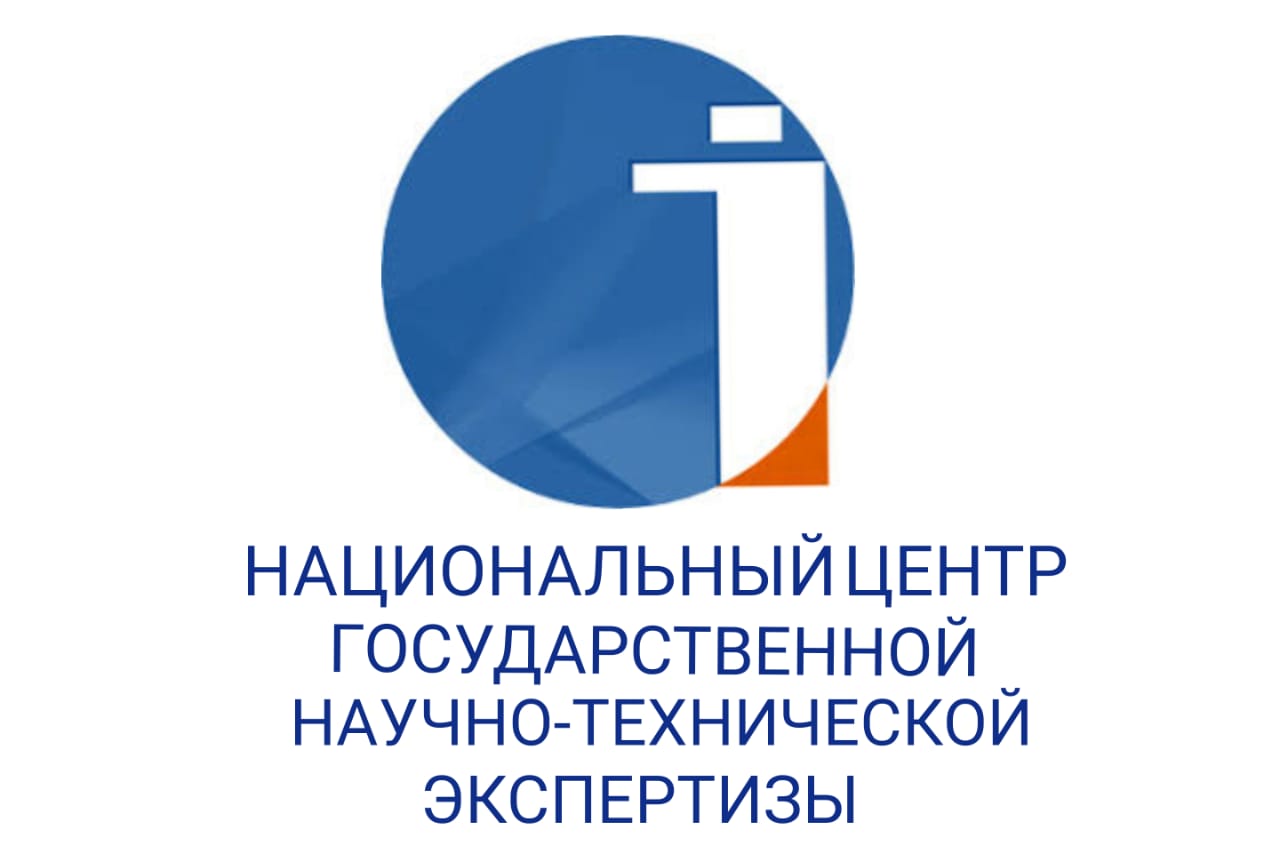FORMAL STRUCTURAL MODELS OF BINARY TERMS
DOI:
https://doi.org/10.48371/PHILS.2024.72.1.001Keywords:
term, binary terms, corpus linguistics, tag, Leipzig rule, morphosyntactic models, conventional signs, automatic term recognition, lexico-syntactic patternAbstract
The article deals with the issue of the need to formalize the language material structure to be clear for the software, so this makes it possible to use IT technologies and computational linguistics in terminology.
The purpose of the article is to determine the formal structural models of binary term combinations, taking into account the parts of speech and their morphological features as part of syntactic phrases.
A brief review of the history of formalizing the Kazakh language is presented in the article. The term combinations are a lexico-syntactic category, morphology also plays a significant role in forming the name of a certain concept, entering into a connection between words; it is reported that this is clearly manifested in the process of modeling language units from a formal structural point of view.
As the main results and analyses of the study, the following can be noted: the morphosyntactic structure of two-component term combinations in Artificial Intelligence (AI) was taken into account, and the conventional signs necessary for their formalization were selected. All terms in this field are included in MS Excel and tagged with their respective models. When analyzing term combinations by the paradigmatic-distributive method, their productive models were selected, and typified, the main grammatical characteristics were shown, and examples were given in detail.
The use of terms of only one area as research material made it possible to gain access to specific information that helps to determine the activity of a part of speech in creating the terms, the ability to combine, the completeness of the coverage of the vocabulary of the terms described, etc.
The authors consider that on the basis of the study, it is possible to model term combinations in other industries, determine the most commonly used types, and develop a lexico-syntactic template that automatically recognizes them from special texts.
The practical significance of the article lies in the analysis, and systematization of the paradigmatic transformation of term combinations and the identification of term combinations that do not correspond to the legitimacy of the Kazakh language. At the same time, based on the facts that became known in the course of the study, specific examples show that it is possible to resolve some controversial issues regarding the spelling of terms and have a positive impact on the translation of foreign terms.








